The film is placed parallel to the long axis of the tooth in question and the central x-ray beam should be directed perpendicular to the long axis of the tooth. The paralleling technique results in good quality x-rays with a minimum of distortion and is the most reliable technique for taking periapical x-rays.
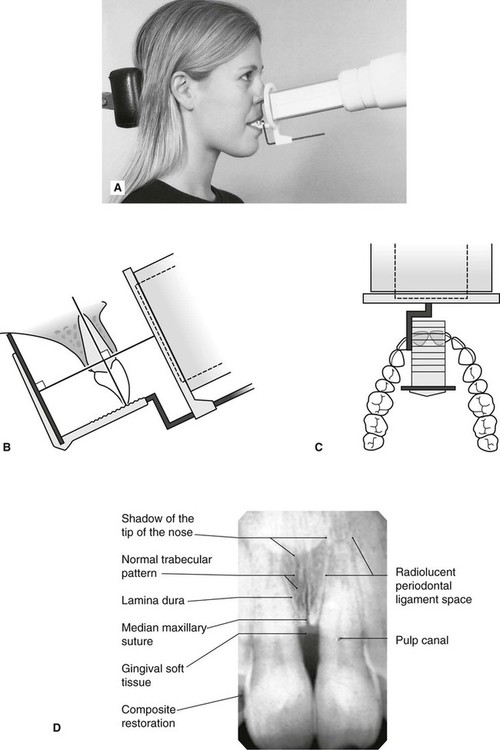
Periapical Radiography Pocket Dentistry
Periapical Lesion Diagnosis Support System Based on X-ray Images Using Machine Learning Technique.
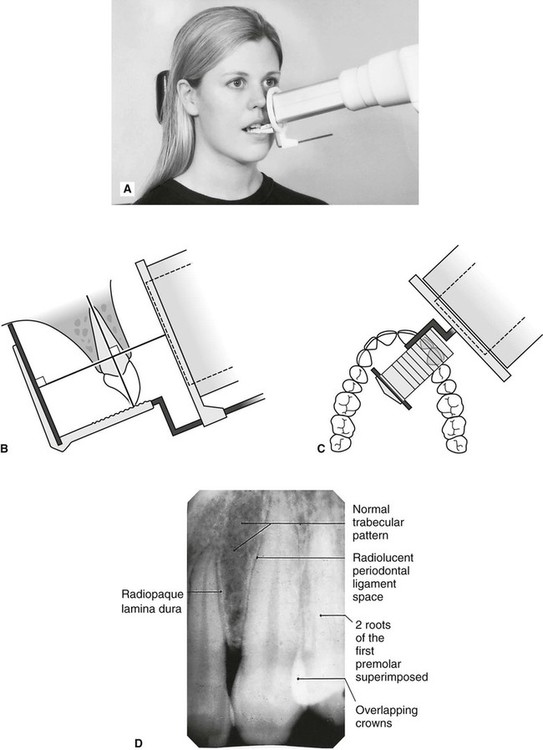
. Ad Publishing Open Access Peer Reviewed Research related to the field of Scanning. The Long Cone Paralleling Technique. For this purpose a special technique of periapical radiography was developed by Gordon M.
Periapical radiography is a commonly used intraoral imaging technique in radiology and may be a component of your radiologic examination. The central ray is directed to pass at a perpendicular angle to both the tooth and the film. Submit Your Paper With Hindawi.
By using a film sensor holder with still. Periapical X-rays are used to detect any abnormalities of the root structure and surrounding bone structure. Most frequently used radiography is for the periapical which is performed by the bisecting Thus when considering the execution of the radiographic technique and the possibility of errors that occur during the exposure of X-ray image XR receptors it is important to identify those that occur more frequently.
The bisecting-the-angle technique and the more commonly used long cone paralleling technique. Our Service Includes Free Proofreading Language Editing. Implant site assessment and.
A long cone is used to take x-rays with paralleling exposure techniques. The X-ray head is directed at right angles vertically and horizontally of both the tooth and the image receptor. Occlusal X-rays show full tooth development and placement 9.
The snap-a-ray is used. To take a periapical exposure the hygienist or x-ray technician places a small photosensitive imaging plate coated with phosphorus into a sterile wrapper and inserts it into the patients mouth just like a conventional X-ray film card. Periapical radiographic techniques during endodontic diagnosis and treatment Int Endod J.
RADIOGRAPHS Periapical Bitewing Occlusal. 1 Department of Pediatric Dentistry School of Odonto-stomatology Hanoi Medical University Dong Da Hanoi Vietnam 26 Department of. Changes to the angulation of the X-ray beam in relation to the teeth and film can help diagnosis and treatment by producing images which provide additional information not alway.
A full mouth intraoral examination consists of 14 periapical radiographs with two bite-wing films and provides an image of all teeth and related structures. 50 patients had their periapical dental radiographs taken utilizing the long cone paralleling technique. Paralleling Technique for Periapical X-rays The paralleling technique results in good quality x-rays with a minimum of distortion and is the most reliable technique for taking periapical x-rays.
The sensor was placed on the. Size 2 Film is used for Anterior and Posterior X-rays when Bisecting. The film is placed parallel to the long axis of the tooth to be radiographed and the central beam of X-ray is directed at right angle to the film and the teeth.
Periapical radiographic techniques Periapical radiography is designed to give diagnostic images of the apical portions of teeth and their adjacent tissues. The film is placed parallel to the long axis of the tooth in question and the central x-ray beam should be directed perpendicular to the long axis of the tooth. When comparing the two periapical techniques the advantages of the bisecting angle technique are.
Periapical views are used to record the crowns roots and surrounding bone. The film is placed parallel to the long axis of the tooth in question and the central x-ray beam should be directed perpendicular to the long axis of the tooth. Assessment of root morphology.
Periapical views are used to record the crowns roots and surrounding bone. Parallel technique The image receptor is placed in a holder and placed in the mouth parallel to the longitudinal axis of the tooth under. Different techniques and instruments are used to drain and decompress large periapical lesions ranging from placing a stainless steel tube into the root canal exhibiting persistent apical exudation 202 204 which is non-surgical decompression to placing polyvinyl or polyethylene tubes through the alveolar mucosa covering the apical lesion which is surgical.
The X-ray tubehead is then aimed at right angles vertically and horizontally to both the tooth and the image. Periapical radiographs provide important information about the teeth and surrounding bone. Vo TN Ngoc 1 Do H Viet 2 Le K Anh 3 Dinh Q Minh 4 Le L Nghia 5 Hoang K Loan 6 Tran M Tuan 7 Tran T Ngan 8 Nguyen T Tra 9.
The paralleling technique results in good quality x-rays with a minimum of distortion and is the most reliable technique for taking periapical x-rays. Click to see full answer. By using a filmsensor holder with fixed image receptor and.
The extraoral periapical radiographic technique was performed for both maxillary and mandibular teeth using Newman and Friedman technique2. Extraoral radiograph Panoramic X-ray Tomograms Cephalometric projections Sialography Computed tomography 10. Assessment of root formation n completion.
Periapical film is held parallel to the long axis of the tooth using film-holding instruments. Intraoral periapical radiographs can be produced using two different techniques. Because the film is placed in the mouth at an angle to the long axis of the teeth.
The image receptor is placed in a holder and positioned in the mouth parallel to the long axis of the tooth under. Since the slope and curvature of the dental arches and the alveolar processes will. Fitzgerald called as paralleling or long cone technique.
With this technique the film is placed parallel to the long axis of a tooth allowing the X-ray to be focused perpendicular to the long axis of the tooth. The patient is seated upright in the dental chair and should remove any removable dental appliances glasses or jewelry that could interfere with the X-ray beam. Ensure they are seated high enough so it is easy to see the occlusal.
The patient was positioned upright with hisher mouth was opened as wide as possible to allow the X-ray beam to pass to the sensor unobstructed from the opposite side of the mouth. Periapical film is held parallel to the long axis of the tooth using film-holding instruments. All radiographs were obtained by digital x.
The paralleling technique results in good quality x-rays with a minimum of distortion and is the most reliable technique for taking periapical x-rays. The X-ray is taken and the exposed plate is then loaded into a scanner or processor which reads the image. Periapical X-rays.
Assessment of relationship of roots to various vital structures.

Periapical Radiography Pocket Dentistry
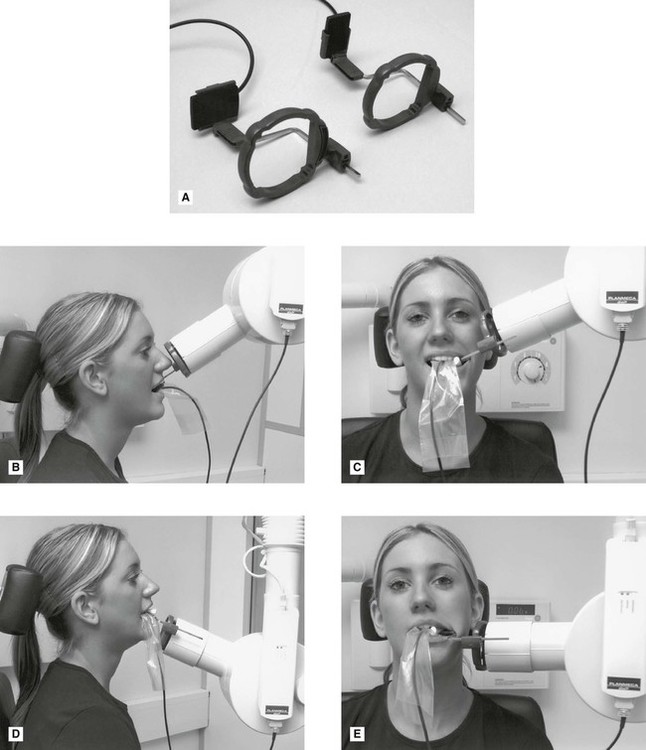
Periapical Radiography Pocket Dentistry

Periapical Radiography Pocket Dentistry

How To Take Periapical Radiographs Youtube
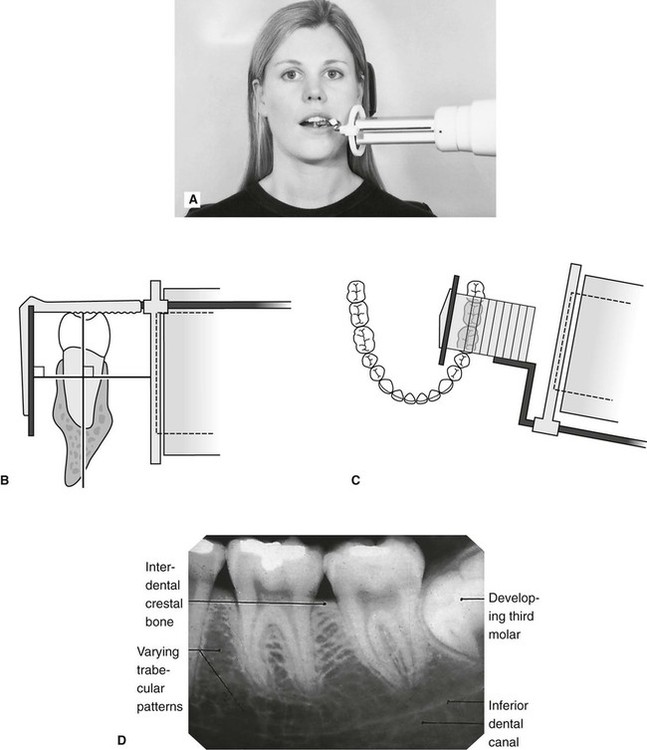
Periapical Radiography Pocket Dentistry

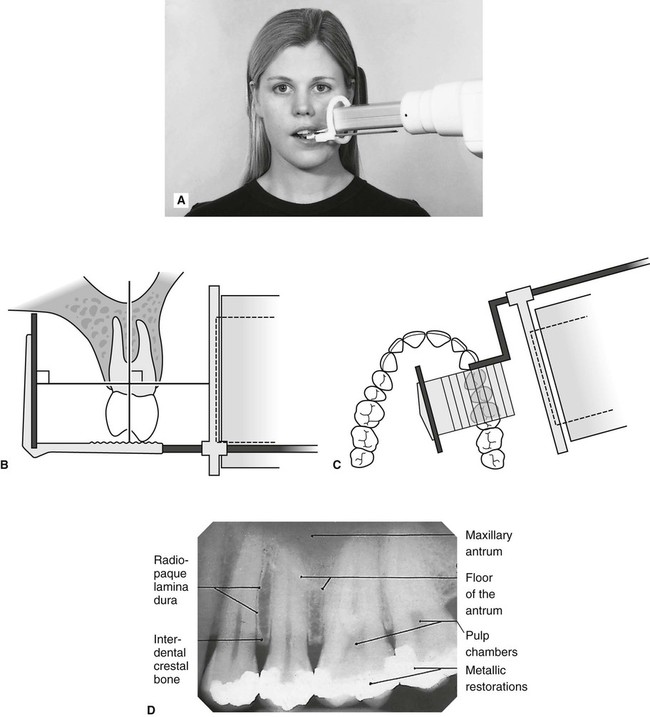

0 comments
Post a Comment